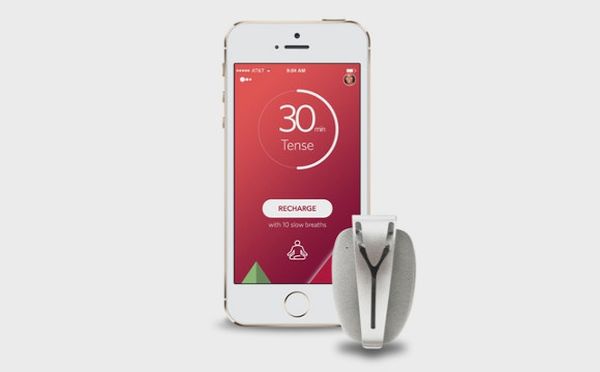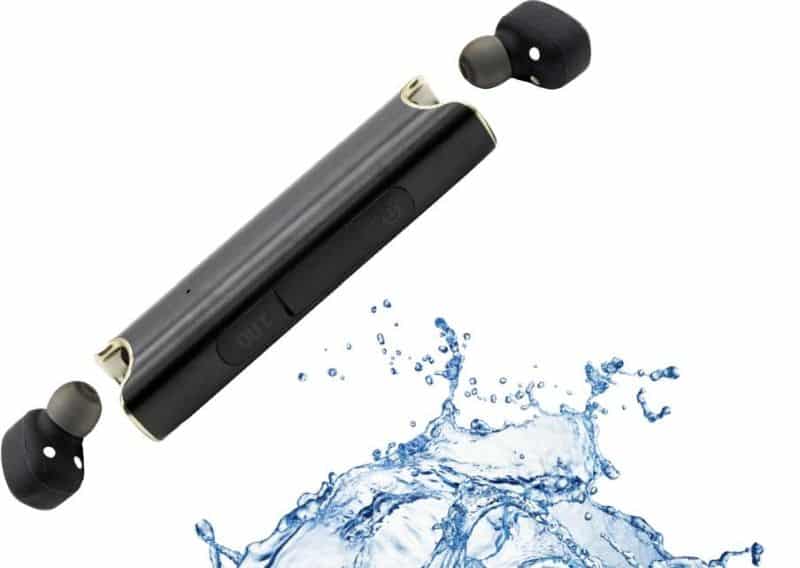A new kind of technology works on your brain activity and measures your emotions to make you recognize and feel system-initiated help in real time. This is the technology behind various types of emotion-sensitive assistance systems. NeuroLab has been studying this technology by using functional near infrared spectroscopy and EEG to focus on emotion recognition in real time and to classify algorithms.
With the help of a brain-computer interface, it is being observed how some behavior initiated by a system can affect subjective feelings. When this information is fed back into the system, it adapts itself according to the requirements and preferences of a user.
Thus, this wonderful technology has a great scope of being adapted into a variety of situations. Let us look at a few attempts that are being made based on this technology. These attempts can undoubtedly lead to a better future if these remain successful.
Gloveone to make you feel the virtual reality
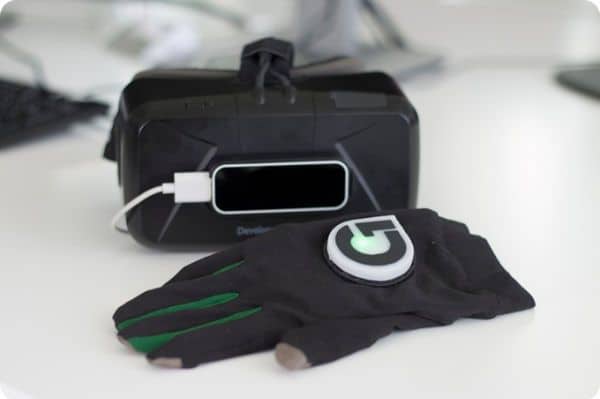
A Spanish firm called NeuroDigital Technologies has introduced green and black gloves that can make you sense virtual reality through touch. While wearing these gloves, you can actually feel the shape and weight of an object that you only see virtually.
For instance, these gloves can let you experience fire and rain that only exists on a screen in front of you. The idea behind this technology is that the gloves are installed with sensors that translate touch sensations into vibrations.
Thus, you can even grab a virtual gun and fire it like real. This type of technology can bring innovation to the future of gaming industry or e-health. In fact, it has endless possibilities in multiple operational areas.
Touch-stimulating leg prosthesis
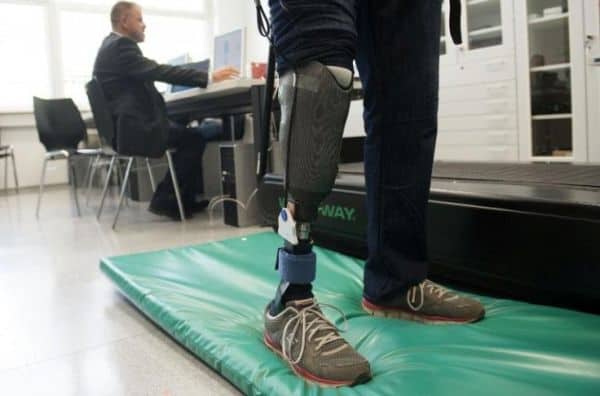
Image Source : Ibtimes
Professor Hubert Egger at Austria’s University of Linz has developed the world’s first touch-stimulating artificial leg. It stimulates the feel of a real leg when nerve endings are wired to its sensors.
As a wearer puts pressure on it, the sensors send signals to his or her brain in order to stimulate the touch sensation. The technology can also fight phantom pain in amputees. It is a wonderful breakthrough for those having lost their limbs for some reasons.
Wearable devices to change your mood
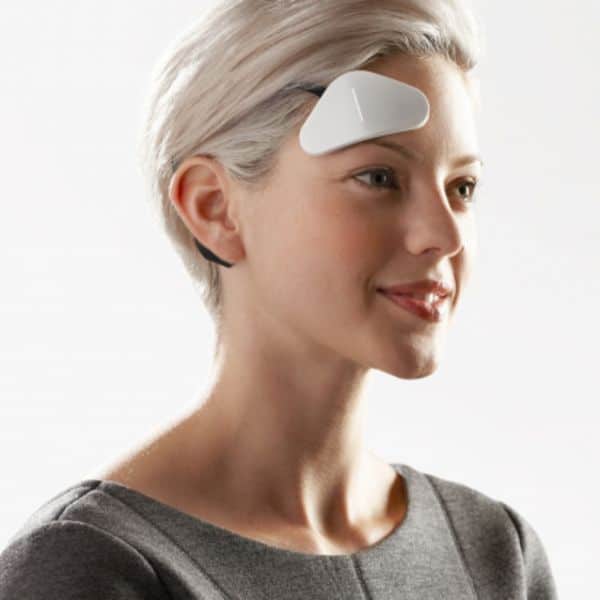
Some wearable gadgets like Thync and Spire also display the emotion-sensitive assistance system technology. These gadgets can read your state of mind and have the capability to manipulate your brainwaves in order to cheer up your mood or reduce your stress.
While Thync is a headset device, Spire can be clipped on to your clothes or belt. Such devices have an amazing future, as these can produce the same effects as some harmful drugs can produce. Thus, this technology is a safer way to experience calmness and energy.
Wearable computer for your skin

Image Source : IrishTimes
Some tech firms have been designing thin wearable computers that will feel like your skin. These stick to your skin like tattoos and can be bent and stretched. These are installed with highly accurate sensors that can fetch you relevant data while you are on the move. These flexible devices can also collect all types of biometric data.
If these are integrated with biological or electronic systems, then these may not only be applied for various health monitoring purposes, but may also be used for several other applications.
Robo-brain

Experiments are on with mice by using tiny electronics that are also called robo-brains. When these are injected into their brains, their brain activity can be precisely recorded without any functionality disturbance. While these are still confined to mice experiments, there is also a good potential to use robo-brains for monitoring human brains in future.
There are several gadgets and devices being developed per emotion-sensitive assistance systems technology. As these devices can track brain activity and emotions to make you feel virtual objects, the future can be very bright with their applications in several fields.


